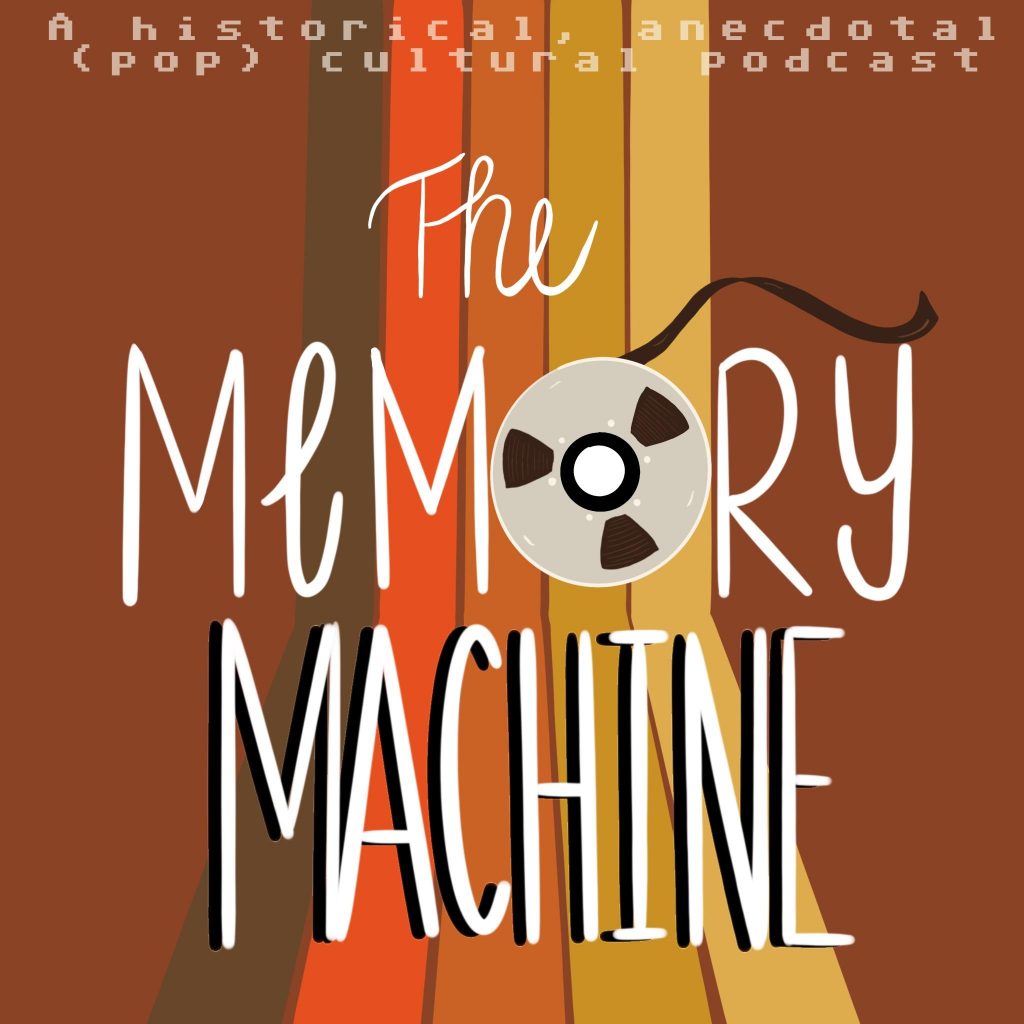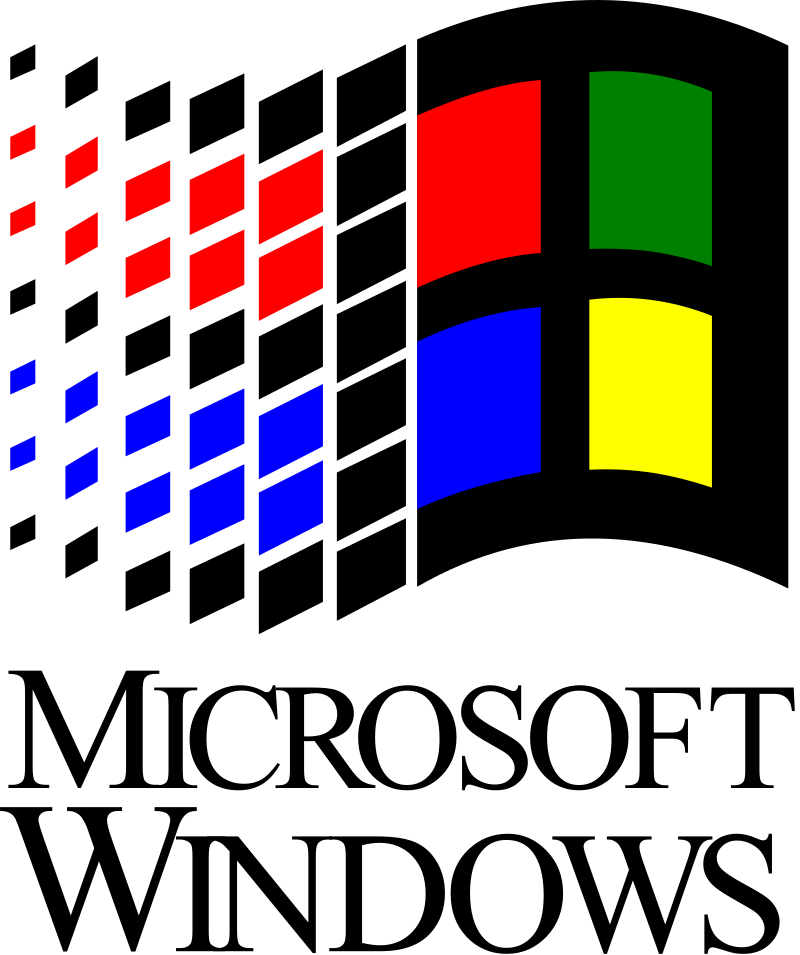
The Memory Machine podcast has a new episode talking about the preservation of 70s arcade machines. Guests include Ethan Johnson, Kate Willaert, Dale Geddis, and Kevin Bunch of Atari Archive.
Games from the classic (Space Invaders onwards) and later eras of arcade machines tend to be preserved fairly well, or at least have MAME watching their backs, but there was a whole era of arcades before that time, that pose special challenges for preservation. Atari/Kee’s early release The Quiz Game Show, for instance, their first game using a processor, read questions off of special data tapes that may not even exist nowadays. Many games from that era had no processor, and were constructed out of discrete logic components.
When I wrote part one of We Love Atari Games, I was surprised by how many games from this era are so little known now. Atari’s Football, for example, sold extremely well, even keeping up with Space Invaders for a little while (until Super Bowl season that year ended), but I barely even heard of it before I started working on the book.
These games are important to preserve too, but the difficulty in emulating them, their great rarity, and the inescapable arrows of time and entropy present huge challenges. Please listen to the podcast for more information, from people who know much more about them than me.

